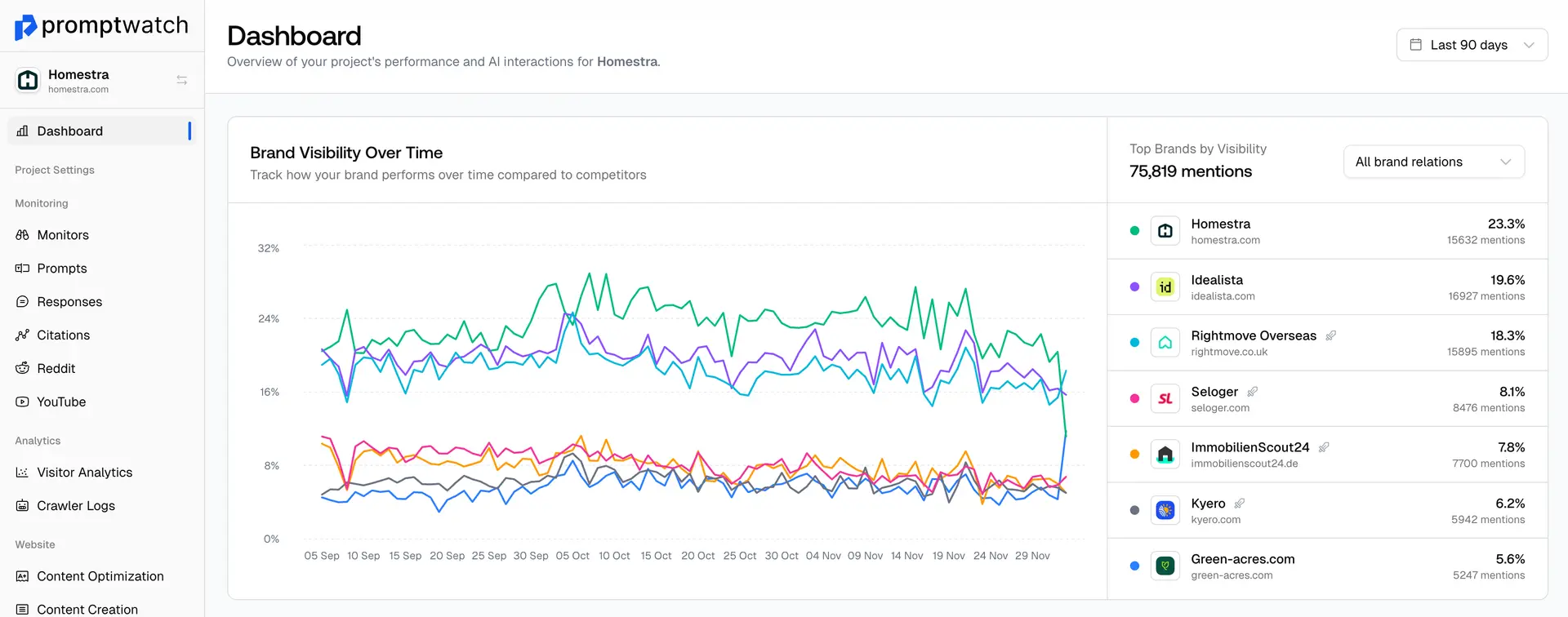Definition
AI Brand Mentions refer to instances where AI systems reference, cite, or recommend specific brands, companies, or products in their generated responses to user queries. These mentions represent a new form of digital visibility that can significantly impact brand awareness, credibility, and business outcomes in an AI-driven search landscape.
Unlike traditional brand mentions in articles or social media, AI brand mentions are generated dynamically by AI systems based on their training data, real-time information access, and algorithmic assessment of brand authority and relevance. These mentions can occur across various AI platforms including ChatGPT, Claude, Perplexity, Google AI Overviews, and other generative AI tools.
AI brand mentions can take several forms: direct recommendations when users ask for product or service suggestions, citations when AI systems reference your content or research, comparisons when AI systems evaluate multiple options, contextual mentions when brands are relevant to broader discussions, and expert attribution when AI systems recognize thought leadership or expertise.
The quality and context of AI brand mentions are crucial. Positive mentions in relevant contexts can drive significant business value, while negative or inaccurate mentions can harm brand reputation. The permanence and reach of AI mentions make monitoring and optimization critical for brand management.
Factors that influence AI brand mentions include brand authority and thought leadership, content quality and citation-worthiness, online presence and digital footprint, customer reviews and social sentiment, industry recognition and awards, and consistent brand information across platforms.
Monitoring AI brand mentions requires systematic testing of AI platforms with relevant queries, tracking mention frequency and context, analyzing sentiment and accuracy of mentions, comparing performance against competitors, and identifying opportunities for improvement. Platforms like Promptwatch specialize in this type of AI mention monitoring, helping businesses track their visibility across different AI systems and understand how they're being represented in AI-generated responses.
Businesses can optimize for positive AI brand mentions by building strong thought leadership presence, creating citation-worthy content, maintaining excellent customer reviews, securing industry recognition, and ensuring accurate brand information across all digital touchpoints.
Examples of AI Brand Mentions
- A software company tracking AI brand mentions across ChatGPT, Claude, and Perplexity to measure their thought leadership impact
- A consulting firm monitoring AI mentions to ensure accurate representation of their expertise and services
- An e-commerce brand optimizing their strategy after discovering frequent mentions in AI shopping recommendations
